

CFD Trading Strategies

Trend Following

A digital illustration of a financial trader analyzing an upward trending candlestick chart on multiple monitors, with moving averages and trend lines overlaid, modern trading desk setup, realistic lighting
Trend following is one of the most widely used CFD trading strategies, aiming to capitalize on established market trends. Traders use moving averages or trend lines to identify whether an asset is in an uptrend or downtrend. In an uptrend, traders typically enter long positions, while in a downtrend, they consider short positions. Stop-losses are placed below key support levels for long trades and above resistance levels for short trades. To maximize gains while protecting profits, traders often utilize trailing stop-losses, which adjust as the price moves in their favor.
Breakout Trading

Breakout trading seeks to capture strong price movements after market consolidation periods. Traders identify key support and resistance levels or chart patterns, such as triangles and flags, to anticipate potential breakouts. Buy orders are placed when the price breaks above resistance, while sell orders are placed below support. Initial stop-loss orders are positioned within the consolidation zone to limit risk. Profit targets are typically set based on the pattern's height or previous swing levels to maximize returns.
Mean Reversion Strategies
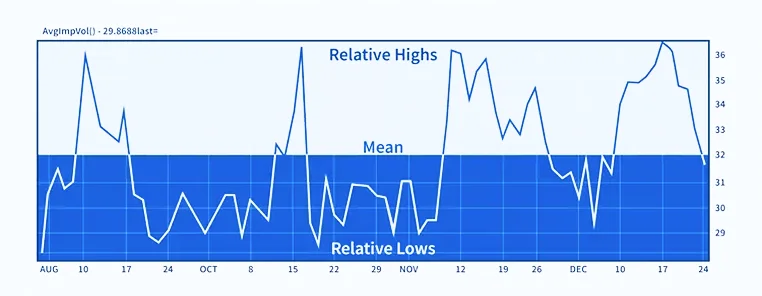
Mean reversion trading is based on the idea that prices tend to revert to their historical average after moving too far in one direction. Traders use momentum indicators like the Relative Strength Index (RSI) or Bollinger Bands to identify overbought or oversold conditions. Counter-trend positions are entered when indicators show divergence, suggesting a potential reversal. Since trends sometimes continue unexpectedly, traders implement tight stop-loss orders to minimize risk. Profit targets are typically set at historical average price levels or opposite Bollinger Band boundaries.
News and Event Trading

This strategy focuses on market reactions to economic data releases, interest rate decisions, or corporate earnings announcements. Traders identify high-impact events and assess potential market movements based on whether actual results align with expectations. Because such events can cause heightened volatility, some traders use options-based strategies to manage risk exposure. Knowing about wider spreads and reduced liquidity around major announcements is important, as price fluctuations can be unpredictable.
Multi-Timeframe Analysis
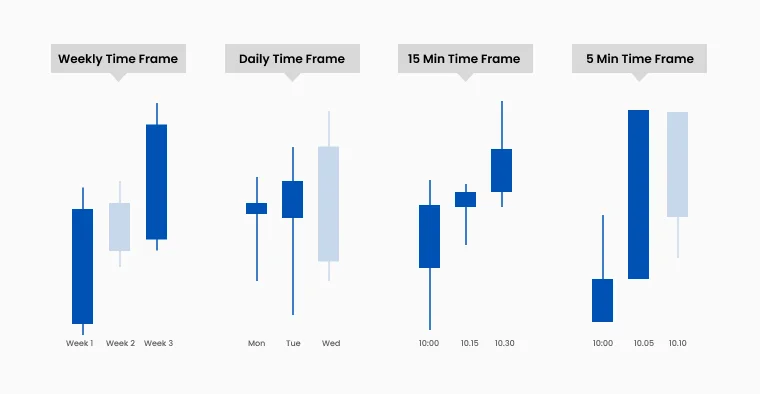
This strategy enhances trading decisions by analyzing price movements across multiple timeframes. Traders use a longer timeframe to determine the primary trend, an intermediate entry time, and a shorter timeframe for precise execution. Ensuring that signals align across all timeframes helps increase trade accuracy and reduce conflicting signals. By integrating multiple timeframes, traders can gain a more comprehensive market perspective before committing to a position.
Risk Management Essentials for CFD Traders
Position Sizing

Effective position sizing is a fundamental aspect of risk management. It ensures that no single trade significantly impacts overall capital. A common rule is to risk no more than 1-2% of trading capital on any trade. Position sizes should be calculated based on stop-loss placement, ensuring that potential losses remain within acceptable limits.
In high-volatility markets, traders may need to reduce position sizes to compensate for increased price swings. Scaling back trade sizes during drawdown periods can also help preserve capital and mitigate further losses.
Stop-Loss Placement
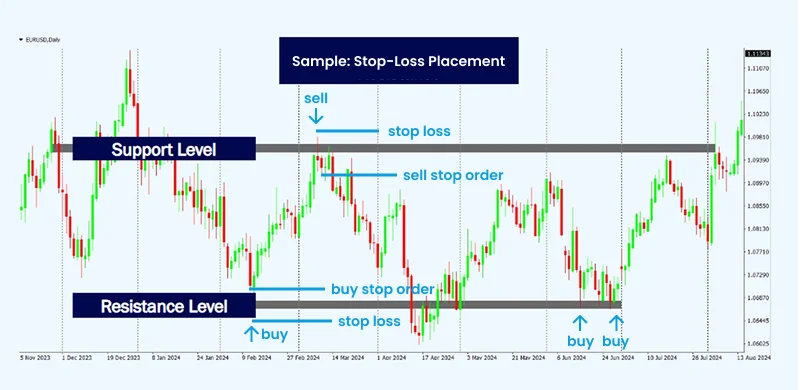
Strategic stop-loss placement is critical in protecting against unnecessary losses. Instead of arbitrary price distances, stops should be set at key technical levels, such as support or resistance zones, to reduce the chances of premature triggering.
Considering market volatility when determining stop width helps prevent exiting a trade too soon. For additional security, traders may use guaranteed stop-loss orders, particularly during major economic events, to limit risk from sudden price gaps or extreme market movements.
Risk-Reward Ratios
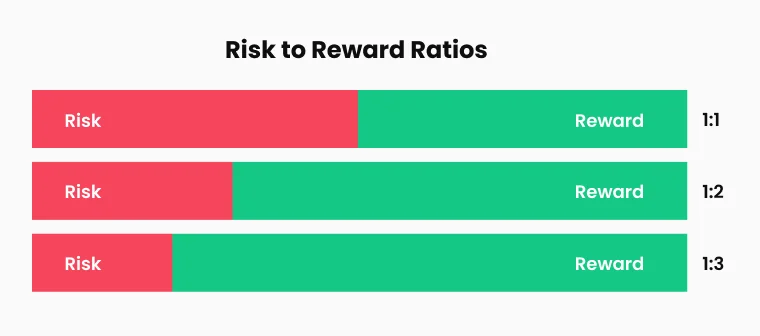
A well-balanced risk-reward ratio is key to long-term profitability. Traders often aim for a minimum ratio of 1:2, meaning they risk one unit of capital to gain two potentially. Higher ratios, such as 1:3 or greater, allow traders to remain profitable even with lower win rates.
Setting realistic profit targets based on current market conditions helps avoid holding positions for unrealistic gains. Some traders opt for partial position closures, securing profits on a portion of the trade while allowing the rest to run for extended market moves.
Correlation Risk
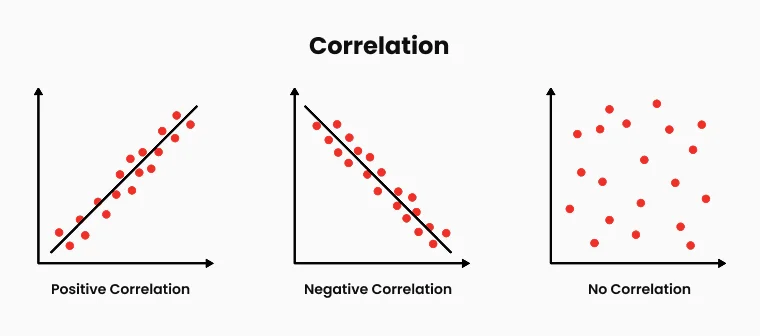
Managing correlation risk is crucial to avoiding excessive exposure to similar market movements. Holding multiple positions in highly correlated markets can inadvertently increase risk, as price movements in one asset may directly impact another.
Understanding relationships between asset classes, such as forex pairs, commodities, and indices, helps traders diversify exposure. Tracking overall portfolio delta exposure ensures that directional risks remain balanced. Using correlation matrices can help identify hidden market relationships, preventing unintended concentration of risk.
CFD Trading Tips
Successful CFD trading involves more than just selecting the right strategies; it requires discipline, market awareness, and continuous learning. Here are some essential tips to enhance your CFD trading performance:
1. Start with a Demo Account: Practice CFD trading using a demo account first. This allows you to familiarize yourself with trading platforms, test strategies, and understand market dynamics without risking real capital.
2. Maintain Trading Discipline: Develop a clear trading plan outlining entry and exit points, position sizing, and risk management rules. Strictly adhere to your plan to avoid impulsive decisions driven by emotions.
3. Use Stop-Loss and Take-Profit Orders: Always set predefined stop-loss and take-profit levels. These tools help manage your risk effectively by limiting potential losses and securing profits when market conditions turn favorable.
4. Stay Informed and Updated: Stay up-to-date with market news, economic indicators, and geopolitical events that can significantly influence market volatility. Utilize economic calendars to anticipate potential market-moving events.
5. Focus on Risk-Reward Ratios: Aim for favorable risk-to-reward ratios (at least 1:2 or higher) to ensure your potential gains significantly outweigh possible losses over time. This approach enhances profitability even with a moderate success rate.
6. Keep a Trading Journal: Document your trades, noting the rationale behind each decision, market conditions, and outcomes. Regularly reviewing your trading journal helps identify successful patterns and areas for improvement.
7. Regularly Review and Adjust Strategies: Markets evolve, and strategies that worked in the past may require adjustments. Regularly evaluate your performance and adapt your strategies accordingly to remain effective in changing market conditions.
By integrating these practical tips into your CFD trading routine, you can enhance your market approach, improve decision making, and achieve greater consistency and success in your trading activities.
Conclusion
CFD trading offers a dynamic environment filled with both opportunities and risks. By mastering strategies like trend following, breakout setups, and mean reversion — and reinforcing them with multi-timeframe analysis and event-driven trading — traders can approach the markets with greater confidence. However, even the most robust strategies can falter without sound risk management. Disciplined practices like proper position sizing, calculated stop-loss placements, and an awareness of correlation risks are crucial for long-term success.
Trade Smarter Today






Account
Account
Instantly


